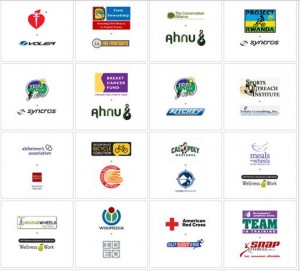Successful Fontana ProXCT!
Momentum Endurance athletes Tyler Jenema and Chloe Forsman put on impressive performances this past weekend at the Fontana ProXCT event. Sunday morning Tyler scored 3rd place in his Cat 1 XC race despite having to do a mid-race flat repair. He said that it was the fastest he’d ever fixed a flat and with a rush of adrenaline he was able to chase down the riders who had passed him while stopped – a great performance for his second ever ProXCT race and the first race of his 2011 season.
The highlight of the weekend came later that afternoon when Chloe Forsman took victory in the pro women’s short track race. Early on a lead group of five riders including Catherine Pendrel (Luna), Georgia Gould (Luna) , Emily Batty (Subaru/Trek), Lea Davison (Specialized) and Chloe Forsman (BMC Development) checked out from the rest and it was clear that the winner would come from this lead group. Chloe rode wisely to conserve energy while maintaining speed through the corners so that she had just enough left for the critical late stages when she knew it would really be crunch time. Lea attacked early on the final lap and Chloe was able to follow her and then counter attack. It was a drag race all the way to the finish and perhaps only a bike length separated them at the finish line.
This marks Chloe’s first ever professional win at a National-level competition and it was fantastic to see everything go well for her on course. Several years of dedication, hard training, and the know how gained from previous race experiences went into her performance.
Congratulations to Chloe and her BMC team! Here’s to more break through performances by Momentum athletes in the near future.


